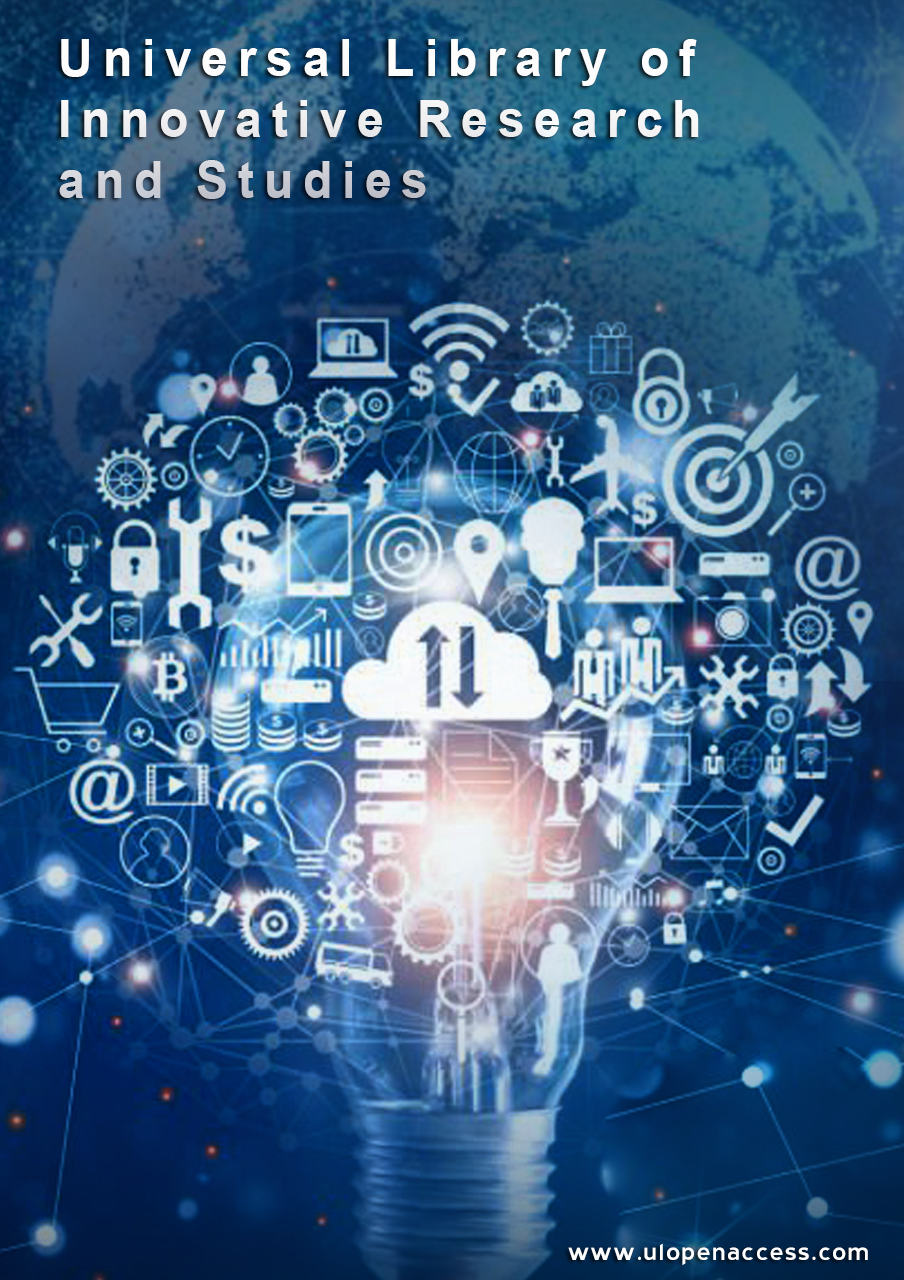Generative AI and Foundation ModelsVenkata Surendra Reddy Narapareddy Citation: Venkata Surendra Reddy Narapareddy, "Generative AI and Foundation Models", Universal Library of Innovative Research and Studies, Volume 02, Issue 02. Copyright: This is an open access article distributed under the Creative Commons Attribution License, which permits unrestricted use, distribution, and reproduction in any medium, provided the original work is properly cited. AbstractGenerative Artificial Intelligence (Generative AI) represents a transformative advancement in machine learning, enabling systems to produce human-like text, images, code, music, and other complex outputs. Powered by large-scale neural networks known as foundation models, this paradigm shift redefines the boundaries of software development, creative industries, and automated reasoning. Foundation models such as GPT, PaLM, and DALL·E are trained on massive datasets spanning multiple modalities, making them broadly capable and generalizable across domains. Contrary to task-specific AI in the conventional case, the generative models accumulate more advanced skills as the models increase in scale, which allows zero-shot and few-shot generalization. This article explores generative AI systems’ evolution, architectures, applications, and ethical dimensions. It also looks at the underlying engineering aspects that enable scalability and provides an overview of the issues that will need to be solved for responsible implementation. Through case studies, comparative analysis, and technical deconstruction, the paper aims to provide a comprehensive perspective on the state and trajectory of Generative AI and foundation models. Keywords: Generative AI, Foundation Models, Transformer, Large Language Models, Multimodal AI, Responsible AI, Neural Networks. Download |
|---|

